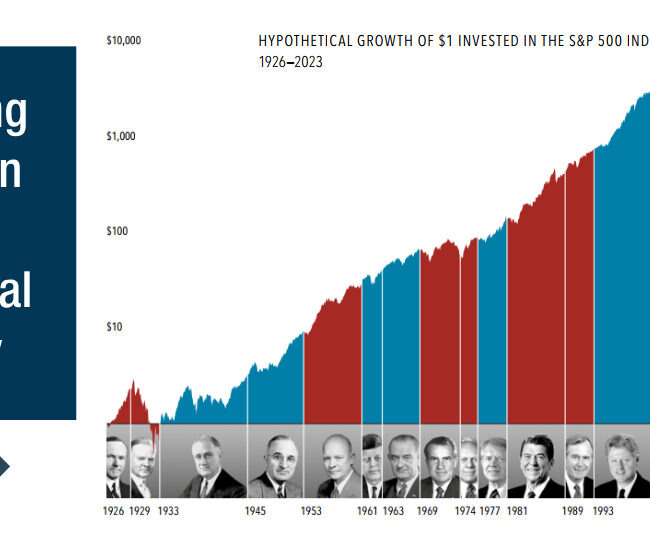Tax Mitigation Strategies for Doctors
By Randy Larson and Jon Lester

Over and over again courts have said that there is nothing sinister in arranging one’s affairs as to keep taxes as low as possible. Everybody does so, rich or poor…for nobody owes any public duty to pay more than the law demands: taxes are enforced exactions, not voluntary contributions.
Commissioner v. Newman, 159 F2d 848 (1947)
Who likes paying taxes? No one. Ever. Especially doctors and high net worth (HNW) individuals who already pay more than their “fair share.” In fact, the Wall Street Journal reports that taxpayers with incomes between $253,000 and $682,500 paid 19.9% of all income taxes in 2021. The top 1% of earners, (over $682,500 earned income, placing them in the highest tax bracket) paid a whopping 45.8% tax rate of all income taxes (while their percentage of the 2021 revenue was half that).
Here are the seven key tax mitigation strategies 25 Financial advisors utilize for our doctor and other high-income clients.
7 Tax Reduction Strategies
Typical tax-filing practices like skipping standard deductions and itemizing deductions won’t save you money like the following tax-planning strategies. Here are some of the tax deductions and tax-saving strategies our financial planning experts help clients adopt to reduce the amount of money they owe on their tax bills.
Roth Conversion Strategies
Many physicians and HNW individuals have done a great job saving during their careers in employer-sponsored plans (401k, 457, 403b, etc.). But when they retire, most of their retirement savings are in qualifying accounts that have never been taxed. Therefore, every dollar that is withdrawn is taxed as ordinary income upon withdrawal during retirement. It is taxed at whatever rates Congress imposes at that time. Participants are also forced to take required minimum distributions (RMDs) at age 73. RMDs can generate multiple hundreds of thousands of dollars of forced taxable income every year during retirement.
One powerful tax mitigation strategy is converting traditional IRA retirement plans and other retirement accounts into Roth accounts using a tax-efficient strategy of converting devalued assets within the IRA.
To begin, clients invest IRA contributions in one of 25 Financials’ alternative investments, typically a multifamily apartment builder. The multifamily builder will purposefully perform a valuation of the project around month 24 of construction, showing an approximate 25-35% discount in value. When this new value is displayed in their custodial statement, the client can convert that asset to a Roth IRA, paying taxes on the depreciated amount.
For example, if a client invests $100,000 of their IRA in a Multifamily alternative investment fund, their statement would display a value around $63,000. Clients that choose to convert to a Roth will pay taxes in the year of conversion on the $63,000 value (not the $100,000). When the investment liquidates, all gains will come back tax-free in the Roth IRA. Most companies will straddle two tax years displaying the depreciated amount, so clients can choose which year to convert.
Clients can then eliminate the extra tax incurred by a Roth conversion by investing in an oil/gas partnership, for example (described below).
Direct Indexing
25 Financial also mitigates taxes in clients’ stock and bond portfolios by utilizing a strategy called Direct Indexing. Traditionally, investors will own a basket of securities that track a specific benchmark (S&P 500, Russell 3000, Nasdaq-100, etc.). In contrast, direct indexing investors own the individual stocks that make up their desired index.
Unlike a typical ETF, direct indexing allows investors to harvest losses at the security level. Stocks that drop below their purchase price “cost basis” are sold, and correlated stocks that aren’t identical are immediately repurchased. Since direct indexing investors have ownership of the individual stocks in their portfolios, losses can be captured even in a year when the index gains in value. The goal is to harvest more losses by holding individual stocks while also tracking the benchmark index performance (i.e., tax-loss harvesting).
Oil and Gas Investments: Intangible Drilling Tax Credit
Oil and gas investments can offer powerful tax mitigation by eliminating up to 80% of all adjusted gross income (including W-2 salary) in the year of investment. The deduction comes from “Intangible Drilling Costs” (IDC) under IRC Section 263(c). IDCs allow investors to deduct a portion of drilling costs associated with exploration and development of new wells.
For example, consider a client who earns a $500,000 annual salary and invests $100,000. The client can reduce their gross income in the year of investment by around $80,000. Accordingly, they will pay taxes on $420,000 as opposed to $500,000.
S-Corp Elections for 1099 Income
For individuals earning income as independent contractors, electing S-Corp status for their business can offer tax advantages. S-Corps allows for pass-through taxation, meaning that they don’t pay corporate tax. This means that a business that files as an S-Corp does not have to pay federal taxes at the entity level. This can be beneficial for small business owners trying to save money in their early years.
Furthermore, independent contractors can elect S-Corp status and take a W-2 salary. Owners will only pay self-employment tax on the amount of the salary but not the distributions above and beyond the salary.
Tax-Efficient Portfolio Management
There are 3 different tax “buckets.”
- The first is a qualified bucket that includes pre-tax accounts like a 401k or 403b. All withdrawals after 59 ½ will be taxed as ordinary income.
- The second bucket is non-qualified investments whose gains will be taxed at capital gains rates.
- The third bucket is tax-free growth assets like a Roth IRA.
The goal is to manage all accounts as one large portfolio. For instance, managing overweight aggressive growth assets in the Roth, where they will grow tax free, while simultaneously holding your bond portion in the 401k (except municipal bonds, which are held in the brokerage account as the gains are tax exempt).
Many prospective clients are not properly diversified across all three tax buckets, if at all. Doctors and HNWs are very busy with a lot of accounts to keep track of. Even “do-it-yourselfers” don’t have the time to rebalance 10-20 accounts in a tax-efficient way on a daily basis. This strategy therefore adds significant benefits to our clients’ overall performance.
Opportunity Zones
Make tax laws and tax codes work in your favor. In the 2017 Tax Cuts and Jobs Act, Congress legislated the ability to defer gains from sale of property (appreciated building, a stock, a business, etc.). After the sale, individuals have 180 days to invest the gains in a Qualified Opportunity Zone (QOZ). QOZs are usually new construction real estate in distressed areas designated by Congress.
The gains are then deferred until December 31, 2026 (this might be extended to December 31, 2028). Additionally, all the appreciation of the investment in the QOZ is tax-free so long as it is held for at least 10 years. Of course, tax benefits are not enough to justify an investment. 25 Financial has focused due diligence on a handful of opportunities that provide economic upside potential that will be tax-free growth for clients.
This strategy is helpful for clients who have a liquidity event (sale of a business, building, appreciated stock, etc.) that produces a large gain.
1031 Exchanges
Individuals can also postpone capital gains tax using the proceeds to buy a similar property. But the rules are tricky. Unlike QOZs, this deferral of tax liability is only for sale of business or investment real estate property. Also, the proceeds must go directly to a “Qualified Intermediary” escrow account with the new property identified within 45 days; the proceeds must then be invested within 180 days. The idea is that the seller is never in possession of the proceeds, and so therefore there cannot be any taxes owed in the year of liquidation.
Unlike QOZs, the appreciation in the new investment property is simply deferred (not eliminated). Tax will have to be paid eventually unless the property is held until death and the heirs get a step-up in basis.
Tax professionals and 25 Financial can help you determine if a 1031 is right for you. If so, we have a unique process with trusted Qualified Intermediaries and vetted properties ready for investment.
Disclaimer: We are not tax professionals, so please consult with your own tax professional before implementing any strategy discussed.
Content is intended for informational purposes only and should not be considered as financial advice. Please consult with a professional financial advisor and perform your own analysis before making any investment decisions.
References
1 Vanguard. (2022, August 12). Putting a value on your value: Quantifying advisor’s alpha. https://advisors.vanguard.com/insights/article/putting-a-value-on-your-value-quantifying-advisors-alpha
Vanguard. (2024, January 10) What is Direct Indexing





